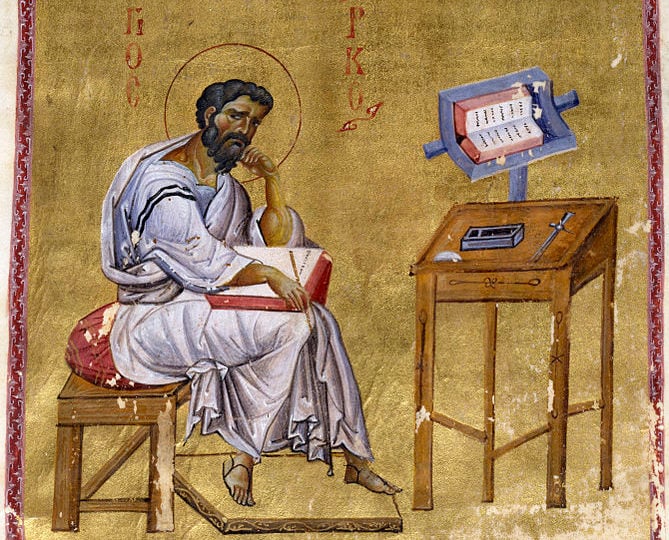Byzantium, also known as The Byzantine Empire was the heir of ancient Greece in terms of education and culture. The only significant difference was religion, which partially changed and influenced education.
The first level of education started at the age of 6-7. Children learned to write and read, to count and to sing. The basic literature was based on biblical texts and Homer’s epics. The first level of education was the most accessible, so the largest number of children had primary education. However girls sometimes did not even have the right to this basic form of education. In addition to reading and writing, children were learning to do basic household chores. Girls learned to cook, clean and sew. Boys were taught to work in the fields. Some families insisted that at least one of the sons becomes a priest.
The second level of education lasted up to 6 years and expanded knowledge. This included analysis of more complicated biblical writings, ancient poetry and prose.
The third degree was the highest and it was usually the wealthiest layers of society that had the possibility of this higher education. Rhetoric, philosophy, arithmetic, geometry and many others were taught. Religious education went hand in hand with secular education. Later, church schools separated from typical education. Byzantine intellectuals had to know the Bible very well.
Byzantium’s Higher Education
The University of Constantinople was founded in the 5th century, during the reign of Emperor Theodosius II. The university had 9 Greek grammarians and 9 Latin, 5 Greek and 3 Latin rhetoricians, two professors of law and one professor of philosophy. There was also a library next to the school.
The weakening of the university started during the iconoclastic crisis, but as soon as the crisis ended, the university restarted. Emperor Constantine IX Monomachos (1041-1055) is responsible for the restoration of the university in 1047. Philosopher Michael Psellos became the main figure of the university, and alongside him was John Xifilinus, professor of law.
The studies included seven scientific disciplines, divided into two areas: trivium (grammar, rhetoric, logic) and quadrivium (geometry, arithmetic, music and astronomy).

The Destruction of Byzantium ‘s educational System
The weakening of Byzantium as a state affected the weakening of education. The Arab and then Turkish capture of cities such as Alexandria, Jerusalem and Antioch were a great disaster to Byzantines. Ultimately, the final blow to Byzantine education and intelligence was the fall of Constantinople in 1453. After the collapse of the Byzantine Empire, many intellectuals moved to the West. Many valuable books left with the educated people. This migration of the Byzantines to the West would influence movements such as the Renaissance.
SUPPORT
You like our content? Consider following us on our social media platforms here for more updates on our content!
